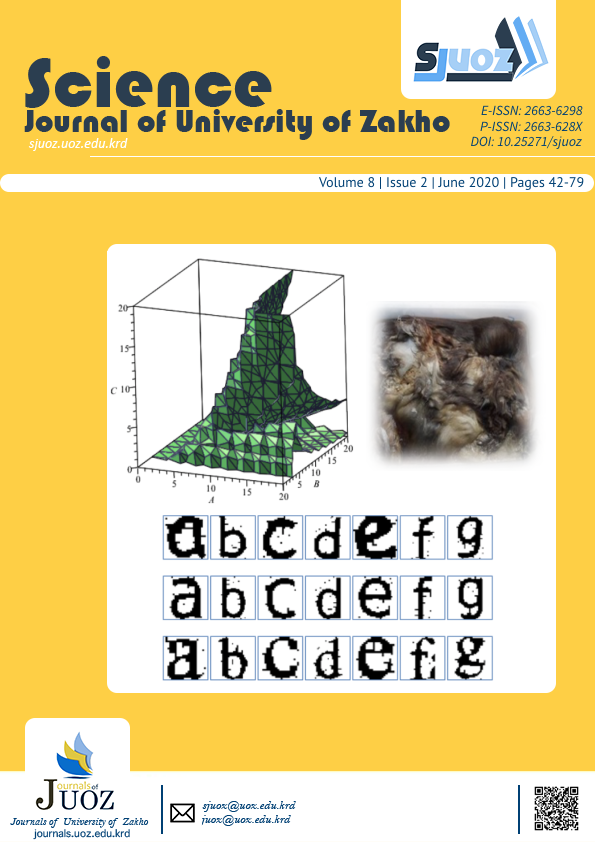Bacteriological and Molecular Characterization of Diarrheagenic Escherichia Coli Pathotypes From Children in Duhok City, Iraq
Abstract
Background: A variety of diarrheagenic E coli (DEC) are responsible for causing different types of diarrhea in children especially in developing courtiers.
Objectives: This study was primarily aimed to isolate and bacteriological characterizing of E coli from diarrheic infant stool and to investigate their antibiotic resistance patterns and then using molecular identification of DEC pathotypes for better discrimination.
Methods: Total of 400 fresh stools specimens were collected from children with diarrhea in Heevi Hospital in Duhok city, Iraq. The samples were cultured on selective media such as (MacConkey and MacConkey sorbitol agar). Colonies were identified through biochemical reaction and VITEK 2 system and then antibiotic susceptibility profiles were determined.
Results: A total of 349(87.2%) samples were yielded positive for growth of E coli. Out of these, 50 phenotypically-identified E coli were then subjected to PCR assay targeting certain virulence factors (alt, eae, sxt1 and sxt2) for discrimination of pathotyes. 13/50(26%) Enterotoxigenix E. coli (ETEC) was detected, 5/50(10%) Enterohemorrhagic E coli EHEC was detected, while no Enteropathogenic E coli (EPEC) was detected. All pathotypes were more frequent in samples from male children aged between 2-3 years that were artificial feeding pattern. Moreover, all pathotypes expressed high resistant to ampicillin, cephalosporin and tetracycline while little resistance to imipenem was observed. Conclusion: The study concludes presence of diarrheagenic E coli pathotypes in our community causing diarrhea in children and emphasize on using of PCR assay for best discrimination.
Full text article
Authors
Copyright (c) 2020 Haveen K. Hasan, Najim A. Yassin, Souzan H. Eassa

This work is licensed under a Creative Commons Attribution 4.0 International License.
Authors who publish with this journal agree to the following terms:
- Authors retain copyright and grant the journal right of first publication with the work simultaneously licensed under a Creative Commons Attribution License [CC BY-NC-SA 4.0] that allows others to share the work with an acknowledgment of the work's authorship and initial publication in this journal.
- Authors are able to enter into separate, additional contractual arrangements for the non-exclusive distribution of the journal's published version of the work, with an acknowledgment of its initial publication in this journal.
- Authors are permitted and encouraged to post their work online.
